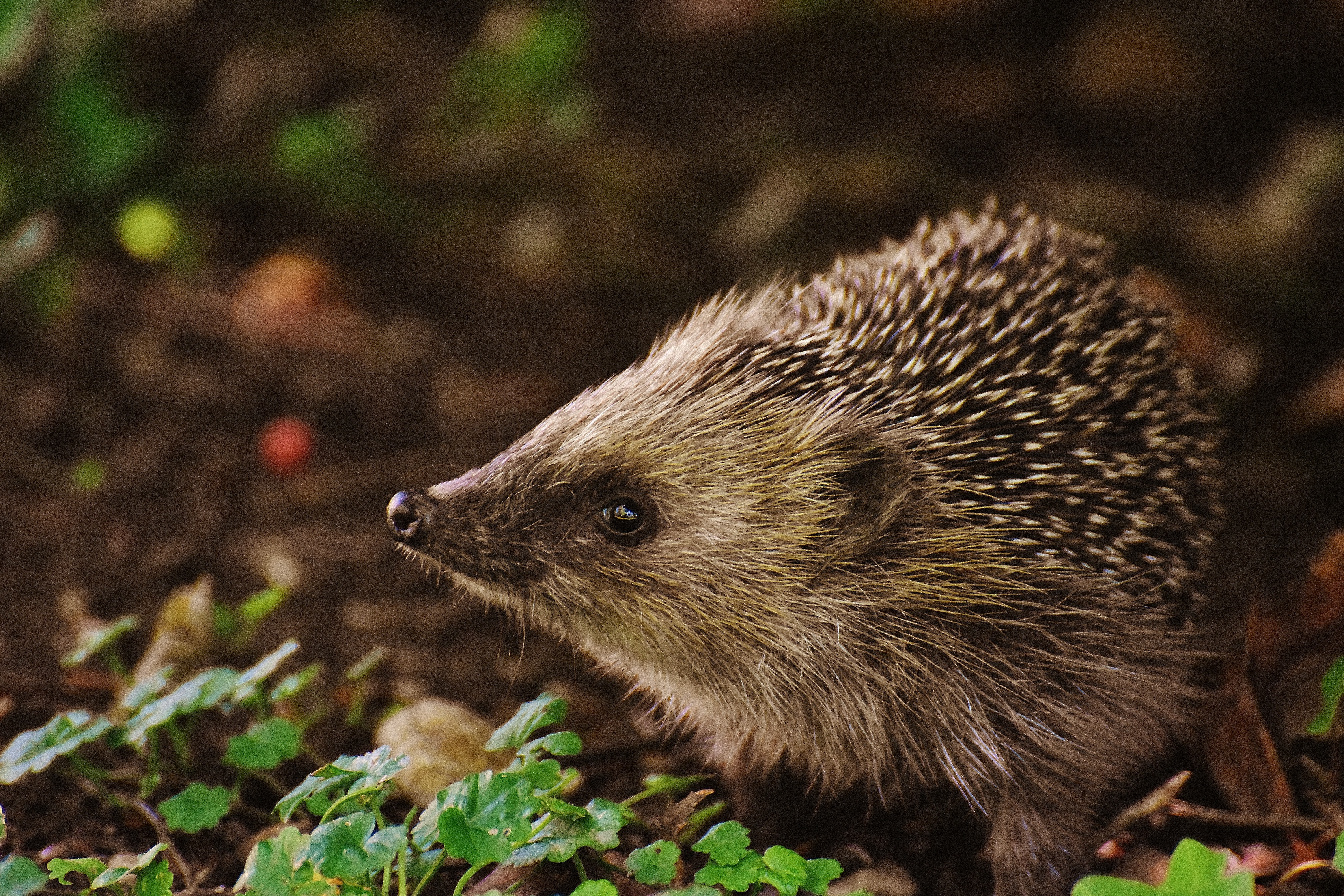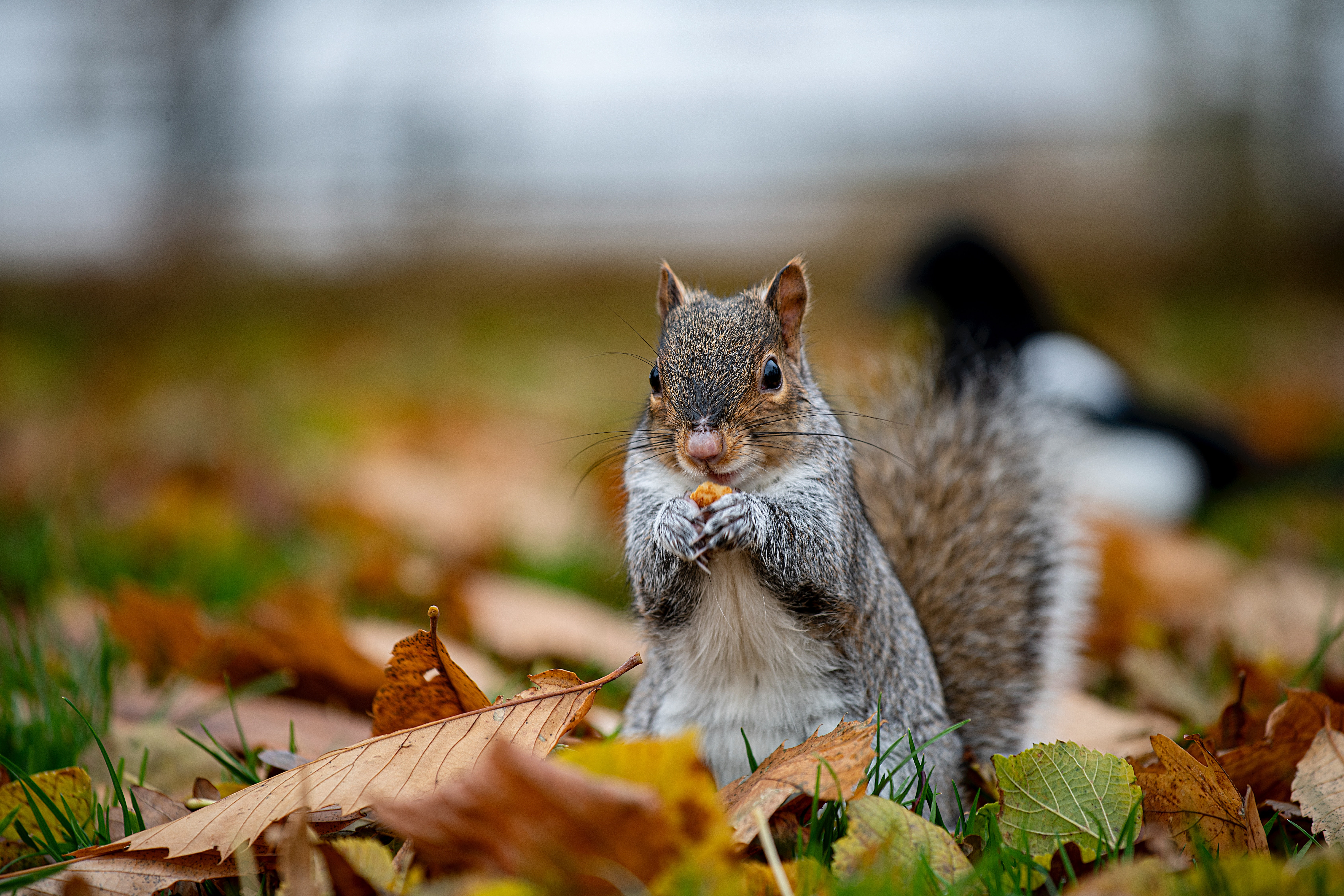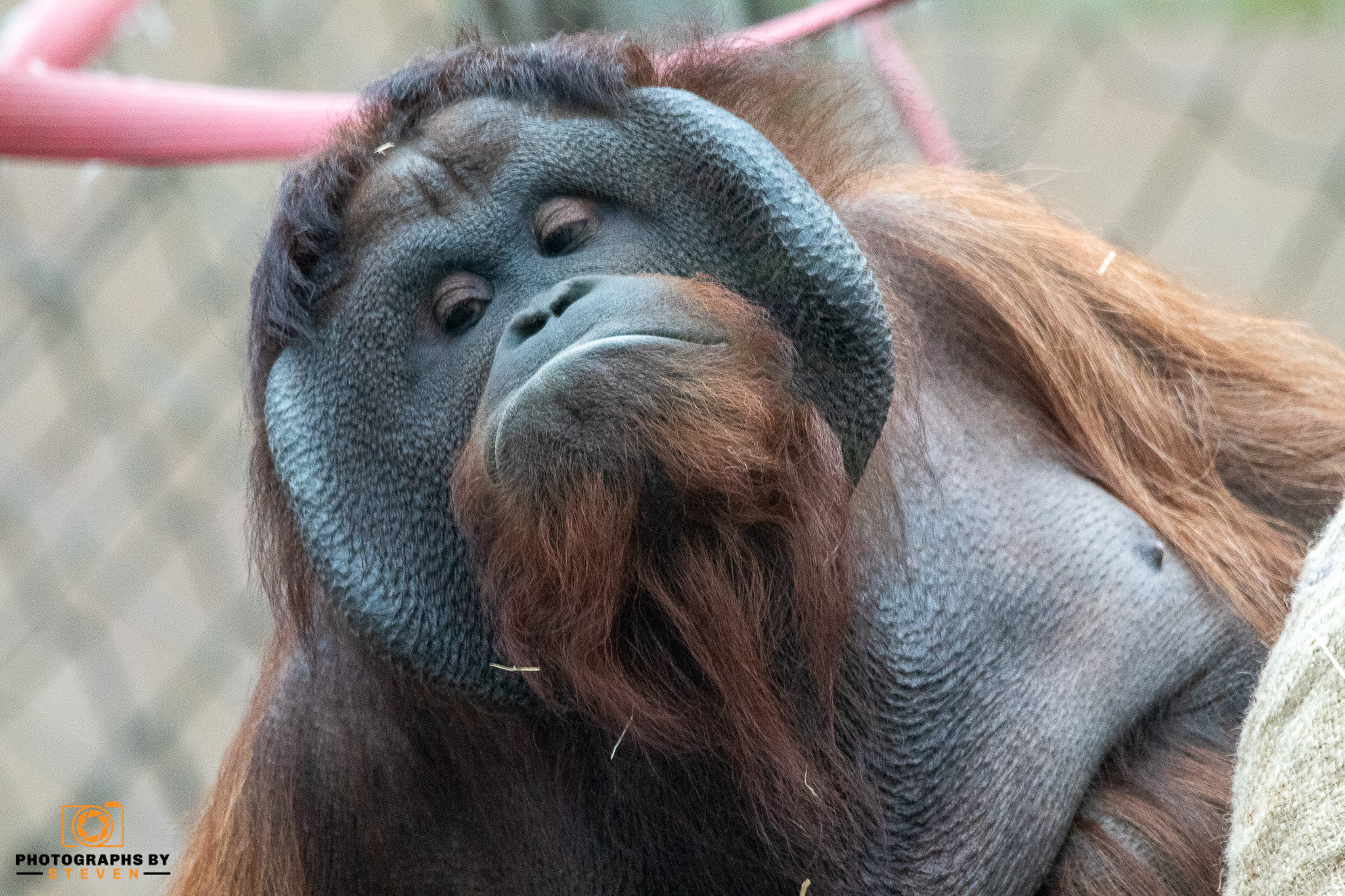Autumn is perhaps the most beautiful season for wildlife photography, as the temperatures rise and the colours of the leaves change to yellow, red, and brown hues, which can be very attractive when photographing a wild animal. Many photographers consider Autumn to be the most delicate time to go out and capture photographs. So, here are some pointers for taking better autumn wildlife photos.
Animals are more active in Autumn
Many animals are hunting for food to store for the winter in the Autumn, and they can find fruits, berries, nuts, and seeds just about anywhere! Squirrels, for example, enjoy burying walnuts and hazelnuts; they are swamped in the Autumn and will suppress any nut they come across.

It's all about colours
The leaves, especially in the Autumn, will have vibrant colours ranging from yellow to red to brown, providing a pleasing backdrop and lovely touch to your animal photography. So, if you're looking for a fantastic autumn wildlife shot, seek trees with brightly coloured leaves.
Catch the early morning and late afternoon light
The importance of heading out early and returning late is well understood by most nature and outdoor photographers. You must take advantage of the period when the sun is low in the sky if you want soft, warm glowing light on your objects.
Shoot in Continuous Mode
Even though your subject appears to be stationary, there is almost always some movement. Even minor movement won't make much difference when you're shooting at more incredible shutter speeds. When the shutter speed is reduced, even the tiniest movement might result in visual blur. The most effective solution is to fire as many shots as possible. You'll have a better chance of getting at least one sharp photograph this way.
The focus must be on the eyes
When photographing wild animals, make sure the focus is always on the eyes. You can use your live view to get the appropriate focus point if the animal you wish to picture is resting, reclining, or sitting. Because you can zoom in to assess your image sharpness and see where your focus point is in live view, you'll have more control over focus. As a result, you may fine-tune your focus point in live view mode while using the lens's manual focus ring.
Isolate your subject from its surroundings
Choose a wide aperture lens to isolate your main subject from everything else; your background will appear more and more distinct. A noisy environment will not look nice and may even destroy your wildlife autumn image; on the other hand, a clean and transparent background will make your subject stand out even more.
Outsmart the wind
A wildlife photographer's greatest nightmare is a windy autumn day. To capture a sharp photo, you'll probably try a dozen ways to stabilise your gear.
Remove the lens hood and activate picture stabilisation.
The lens hood gathers a lot of wind and sticks out like a sail. To avoid undesired flare, make sure you're not pointing at or too close to the sun.
Watch your background
Almost often, more decadent backdrops imply better images. Make an effort to distinguish the animals from the background. Having better backdrops means removing manufactured structures, and you don't want to include any distracting highlights that detract from the main point.




Leave me a comment
Thank you for reading my post, if you want to leave a comment, you can do so below.